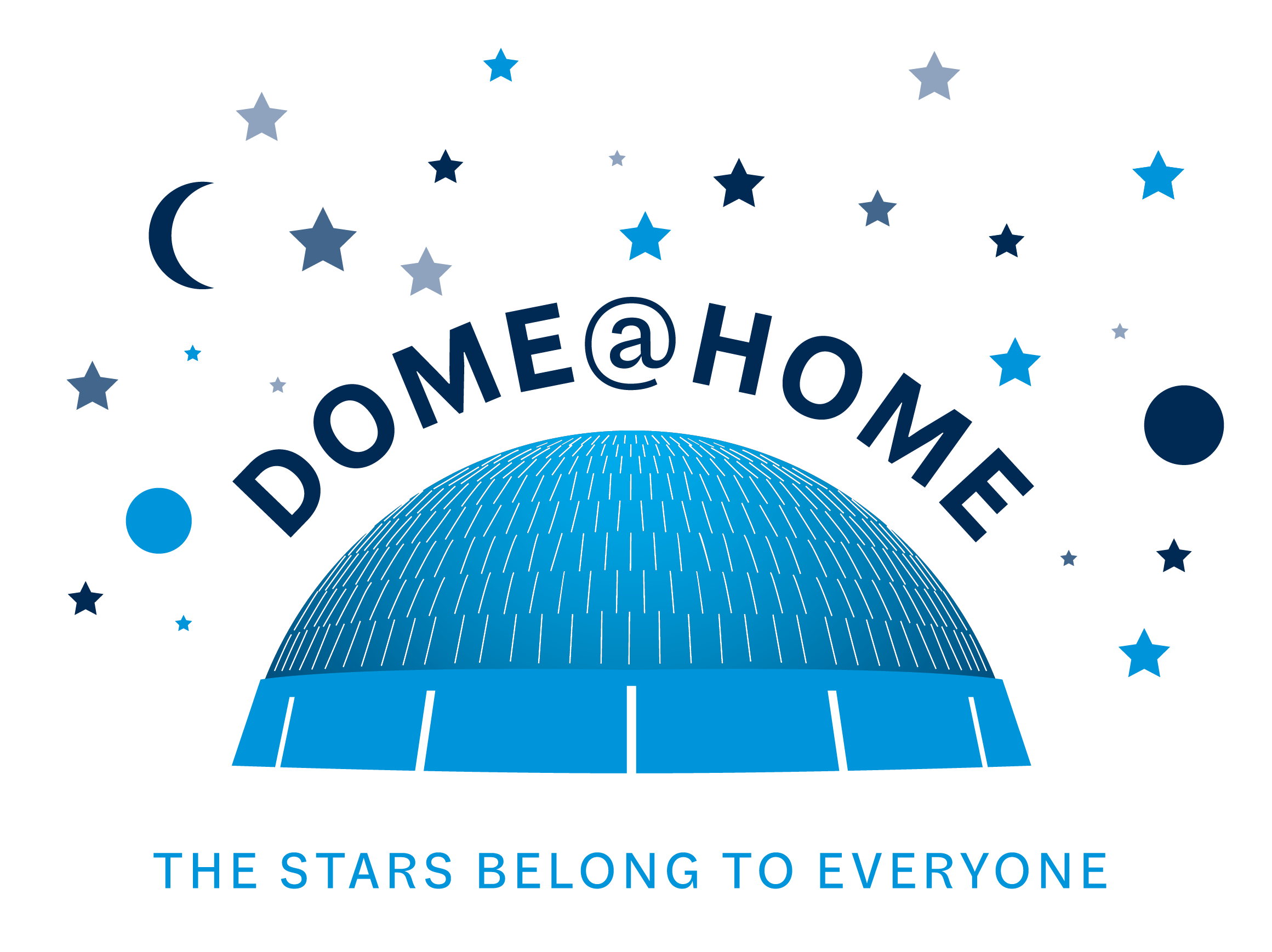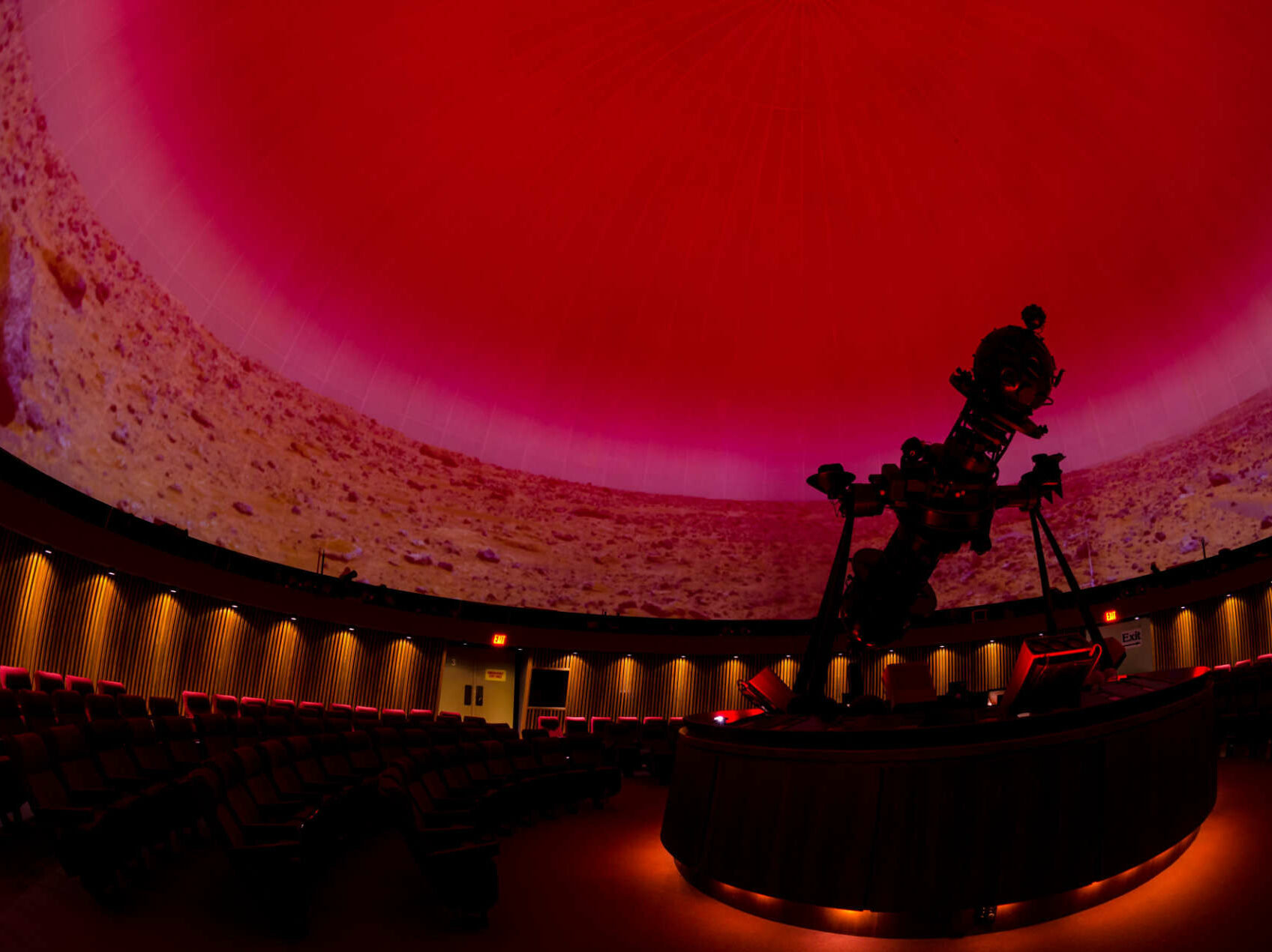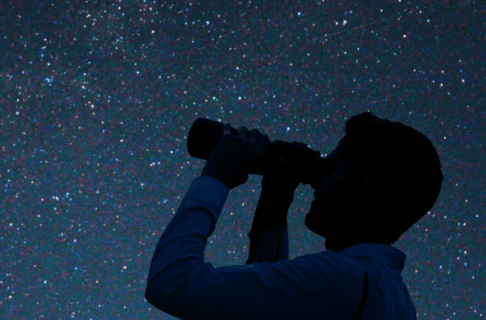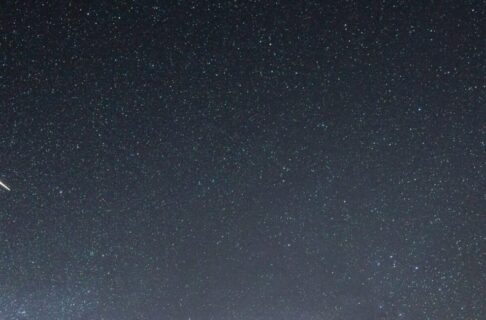The Manitoba Museum’s Planetarium is a captivating space where visitors can explore the mysteries of the universe. With advanced technology, it offers a diverse range of shows and presentations, making it a popular destination for both astronomy enthusiasts and families. The dome’s 360-degree projection provides a stunning visual and auditory experience, transporting you to distant galaxies and planets. Have an awe-inspiring experience that deepens your understanding of the night sky. At the Planetarium, the beauty and wonder of the cosmos come to life.
Admission to the Manitoba Museum includes access to all three of our incredible attractions. Single attraction tickets and individual Planetarium show tickets are not available.
Show Schedule
| Tuesday to Friday | Saturday & Sunday |
|---|---|
| 11:15 am: Wilfred Buck’s STAR STORIES | 11:00 am: Voyage of the Stars |
| 3:00 pm: Aurorae | 12:30 pm: Wilfred Buck’s STAR STORIES |
| 1:45 pm: The Milky Way – LIVE | |
| 3:00 pm: Wilfred Buck’s STAR STORIES |

Airing in the Planetarium!
Wilfred Buck’s STAR STORIES
(Recommended for ages 10+)
Wilfred Buck’s STAR STORIES brings to life four star stories, gathered and told by renowned Ininew (Cree) astronomer/star knowledge expert and author Wilfred Buck. From the practical to the poetic, these “tellings” of the Northern night sky provide guidance on navigation, the earth’s cycles, and how to live a good life with future generations in mind. Wilfred Buck’s STAR STORIES offers a rarely heard perspective on astronomy and cosmology. This expansive yet intimate experience combines the wonder of the universe with the warmth of listening to a wise Elder whose teachings can help us understand that the stars are in fact our oldest relatives.

Dome@Home
Join Planetarium Astronomer Scott Young at 7 pm on the last Thursday of every month for Dome@Home, a FREE monthly livestream. Explore celestial sights throughout the universe and special events over the coming month.
As pioneering Canadian astronomer Helen Sawyer Hogg always said, “The stars belong to everyone.” Learn how to find your stars and get to know the night sky!

History & Technology of the Planetarium
The Planetarium star theatre opened its doors on May 15, 1968, boasting 287 seats arranged in circles around the “star” of the theatre: a Zeiss Mark 5-S optomechanical star projector (affectionately nicknamed “Marvin”). The sky as seen from anywhere on Earth was projected onto the inside of a 60-foot projection screen hung under an exterior copper dome. The dome, across from City Hall and in front of the Manitoba Museum, quickly became an iconic landmark on Main Street.
The Manitoba Planetarium began in 1961 as part of the planning for the Manitoba Centennial Centre Complex (MCCC) to celebrate both Canada’s (1967) and Manitoba’s (1970) centennials. MCCC included the Manitoba Museum of Man and Nature (now the Manitoba Museum), the Manitoba Centennial Concert Hall, and the Manitoba Planetarium. The Planetarium’s construction was made possible through the generosity of the Saiyde and Samuel Bronfman Foundation.
The Planetarium star theatre opened its doors on May 15, 1968, boasting 287 seats arranged in circles around the “star” of the theatre: a Zeiss Mark 5-S optomechanical star projector (affectionately nicknamed “Marvin”). The sky as seen from anywhere on Earth was projected onto the inside of an 18.3’ (60-foot) perforated aluminum projection screen hung under an exterior copper dome. The dome, across from City Hall and in front of the Manitoba Museum, quickly became an iconic landmark on Main Street.
Planetarium programs began as live illustrated lectures using nothing more than the Zeiss projector and the ever-popular “green arrow” pointer. While “Marvin” could show the sky as seen from anywhere on Earth and at any time in human history, it could not show the new discoveries that were being made in the “space race” as humans went to the Moon and robots explored the planets of the solar system. To adapt, other projectors were added to supplement the Zeiss’ capabilities: first slide projectors, then 8mm and 16mm film projectors, then the first generation of video projectors. Large images were created by grouping six or a dozen slide projectors into overlapping panoramas and all-sky images, while special effects came from custom projectors made using mirrors, lenses, and motorized spinning wheels.
In the 1970s and 1980s, pre-recorded programs evolved that incorporated the star projector with slide projection, 8mm film, and custom special effects, accompanied by recorded narration and music. These shows provided more of a movie-style experience, bringing the new discoveries in astronomy and space exploration to audiences. These programs were also shareable with other planetarium theatres around the world, and the Manitoba Planetarium both licensed content from other domes, and created original made-in-Manitoba shows.
In the 1990s, computer graphics entered the dome using early video projectors which inserted small images among the Zeiss stars. The era of the Hubble Space Telescope, advanced planetary probes, and the Space Shuttle brought many new discoveries to the dome.

In 2011, the Planetarium theatre was upgraded to use Digistar® 5, a full-dome video system that covered the entire screen with a single, seamless computer image. The Digistar system was upgraded to version 7 in 2023. It is a real-time flight simulator through the total of humanity’s knowledge of the Universe, from constellations as seen from earth to the Milky Way Galaxy, black holes, and the edge of the Universe. Digistar allowed the Universe beyond Earth to become a part of the show, with content updated as new discoveries are made.
Today, Marvin the Zeiss projector is only used for shows which focus on the night sky as seen from Earth. Digistar provides such a flexible and powerful experience that it is used for most planetarium content today. As video projection systems become brighter and higher resolution, there may come a day when Marvin will retire to a well-earned place of honour while the fulldome video system inspires the next generation of curious citizen scientists.

Make your event stellar!
Imagine placing your corporate logos amongst the stars or seeing it planted on Mars! Enjoy shows from our selection of available presentations or let us customise a presentation for you.
Make your event shine in the comfort of the Planetarium Theatre.










